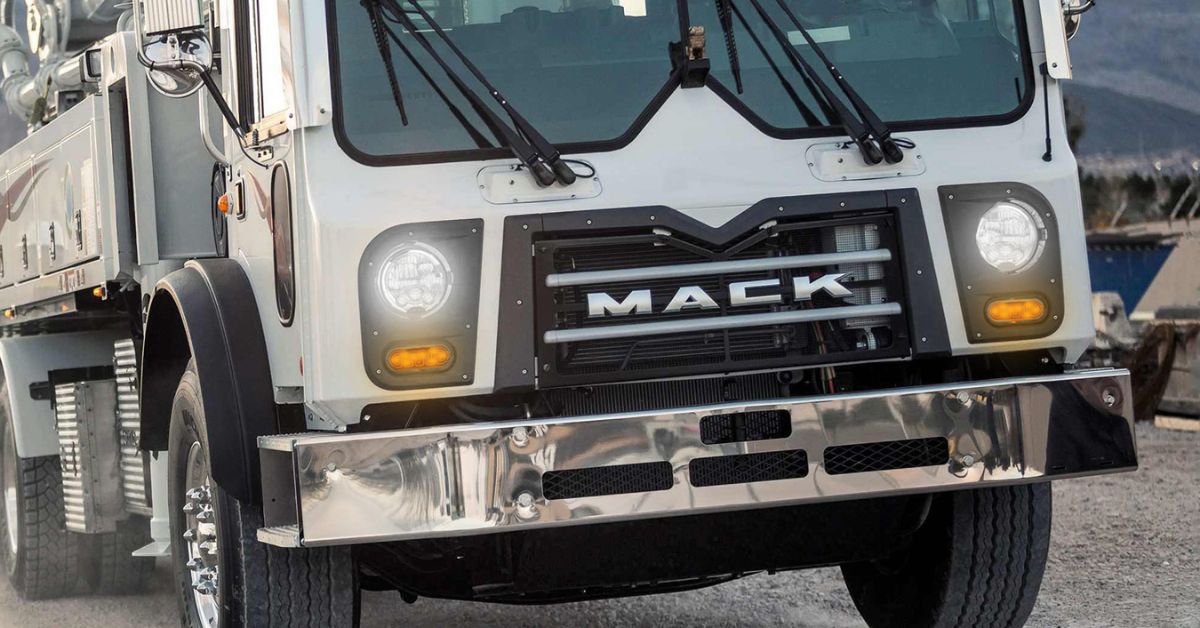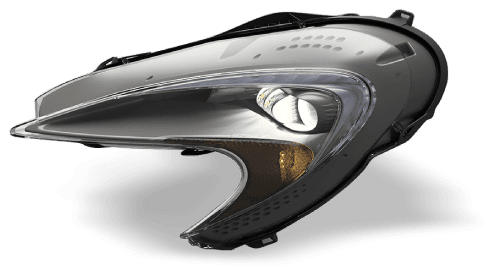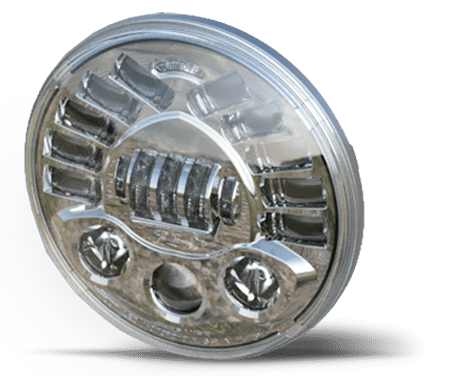
The Ultimate Headlight Temperature Guide

When discussing automotive technology, headlight temperature is a critical subject, though it may only seem like a small detail initially. For engineers, supply chain managers, and fleet managers, understanding headlight temperature is about more than just brightness or color—it’s about functionality, safety, and performance.
“Headlight temperature” refers to the color appearance of light, typically measured in Kelvin (K), and directly impacts visibility, driver comfort, and vehicle aesthetics. Selecting the right headlight temperature requires understanding light types, their functionality in varying weather conditions, and how they influence driving safety.
This ultimate guide to headlight temperature explores the technical, practical, and aesthetic implications of headlight temperatures. Illuminate the path ahead with the safety and confidence you deserve.
Types of Headlight Temperature: Breaking Down the Options
Headlight temperature falls within a spectrum ranging from warm yellow light to cool white and even blue tones. Lower Kelvin ratings, such as 3,000 K, produce warm yellowish hues, while ratings around 5,000 K are closer to natural daylight, offering a crisp white appearance. Temperatures above 6,000 K merge into bluish tones, often associated with modern, high-performance vehicles.
Ensuring Clarity On and Off the Road
The choice of headlight temperature goes beyond aesthetics. For example, halogen bulbs usually range between 3,000 K and 3,500 K, offering a softer, warmer hue. These lights are easier on the eyes in foggy, rainy, or snowy conditions, reducing glare and enhancing visibility at close distances.
On the other hand, LED and HID bulbs, typically between 5,000 K and 6,000 K, mimic the clarity of daylight. They excel in providing enhanced long-range visibility but may increase glare for oncoming drivers in bad weather. Choosing the right range depends on a balance of factors such as driving conditions, industry-specific needs, and desired visual appeal.

The Science Behind Headlight Temperature: How It Affects Visibility
The correlation between headlight temperature and visibility lies in the way human eyes perceive light. Yellowish light, with lower temperatures, has a longer wavelength, making it less refractive in poor conditions like rain, fog, or snow. This is why traditional halogen lights are often favored for environments demanding visibility in challenging weather.
On the other hand, lights at higher Kelvin ratings, closer to daylight, offer enhanced sharpness and clarity for viewing distant objects. For highway driving or off-road conditions requiring crisp illumination of obstacles far ahead, 5,000 K to 6,000 K lights hit the sweet spot. However, the trade-off comes in poor weather, where higher temperatures tend to scatter light due to shorter wavelengths, reducing their effectiveness.
Fleet managers and engineers assessing vehicle requirements must keep this scientific relationship in mind to optimize headlights for their intended conditions—whether in urban traffic, remote highways, or off-the-grid terrains.
Factors To Consider When Choosing Headlight Temperature
Our comprehensive guide to headlight temperatures will help you determine the right model for any given application. Selecting the most suitable headlight temperature requires a holistic analysis that blends technical understanding with real-world application. Key factors include driving conditions, operational environment, and the behavior of light.
For city conditions with ample street lighting, a headlight temperature in the 5,000 K range often complements existing infrastructure, creating a seamless driving experience. Conversely, rural or unlit roads benefit more from daylight-like beams that provide clarity from longer distances. For off-roaders, fleet vehicles, or industries operating in harsh winter conditions, lower Kelvin values can significantly reduce glare while improving close-range visibility.
Keeping Your Lights Legal
Regulatory compliance is another crucial factor in deciding on headlight temperature. For instance, some areas restrict blue-tinged lights above certain Kelvin levels because they are more likely to cause glare and disrupt oncoming traffic. Fleet managers and engineers must ensure headlights not only optimize performance but also adhere to local laws.
Practical Applications for Different Driving Conditions
Headlight temperature is especially important in specific vehicular use cases. For long-haul operations, where fatigue is a concern, lights mimicking natural daylight (5,000 K to 6,000 K) reduce eye strain while maintaining long-distance focus.
Fleet drivers operating across diverse climates find warm-toned headlights indispensable for foggy routes and snowy terrains. Combining these lights with advanced LED or HID technology ensures consistent illumination without succumbing to environmental challenges.
Of course, even high-quality lights can struggle to keep up with accumulating snow and ice. Thankfully, heated headlights stay clear and bright in wintery conditions. The vehicle LED lights at J.W. Speaker include heated models that easily deice during cold weather.

The Impact on Vehicles and Drivers
Efficiency is another important element of headlight temperature. Modern LED headlights, tailored to appropriate temperature ranges, consume less power than traditional halogen options, extending battery life and reducing overall maintenance costs. For fleet managers handling large vehicle pools, these energy savings can compound significantly.
On the aesthetic front, headlight temperature plays a key role in defining the personality of a vehicle. For example, cooler, bluish tones convey sophistication and cutting-edge technology and are typically associated with luxury brands. Selecting temperature settings aligned with branding objectives further enhances market perception.
Trends in Headlight Technology: What’s New
Headlight technology continues to evolve, with AI-driven adaptive lighting systems and laser-based illumination entering the field. These systems leverage dynamic temperature modulation, automatically adjusting between warm and cool settings based on real-time environmental feedback. Such advancements optimize visibility while mitigating potential hazards like glare, offering next-level precision for both everyday drivers and specialized industries.
Sustainable practices are also reshaping innovation, with manufacturers crafting energy-efficient LEDs that cater to a wider range of temperatures yet leave a smaller carbon footprint. These innovations position headlight technology as a frontier for automotive development, where performance and environmental considerations converge.
Fleet managers, engineers, and supply chain professionals eager to stay ahead should understand these advancements. Integrating forward-thinking technology into vehicular operations ensures businesses remain competitive in safety and sustainability.
Make Smarter Choices for Enhanced Safety and Performance
Headlight temperature may be a technical consideration, but it holds significant implications for vehicle safety, efficiency, and driving comfort. Selecting the right temperature demands an understanding of science and practicality, whether you’re optimizing fleet vehicles, designing off-road systems, or ensuring regulatory compliance for urban commuters.
From the warm reliability of low Kelvin ratings to the sharp precision of daylight-mimicking beams, each temperature range has a purpose. Explore different headlights temperatures to unlock new levels of operational efficiency and safety. Equipped with the knowledge of what these temperature ranges offer, you’ll elevate performance and future-proof vehicles for the rapidly changing landscape of automotive innovation.


